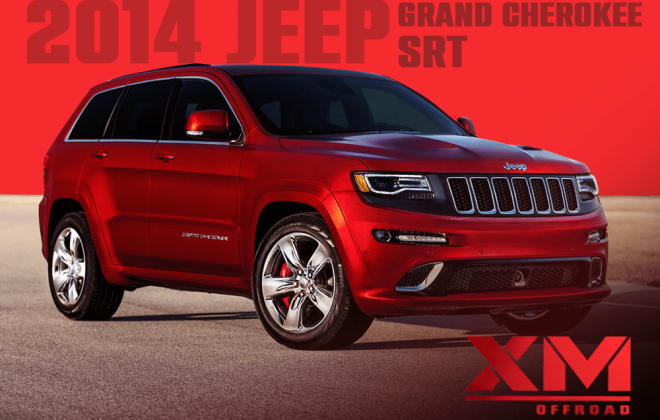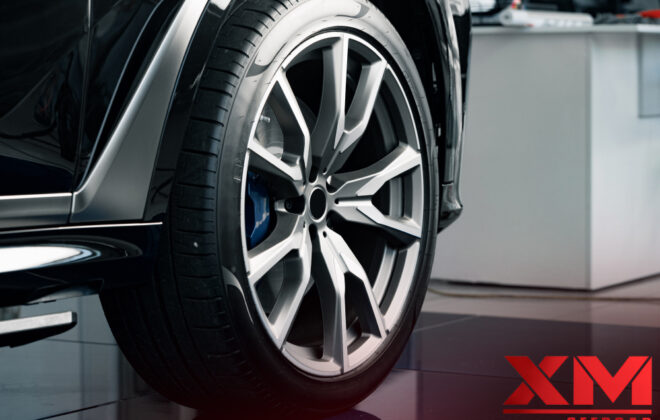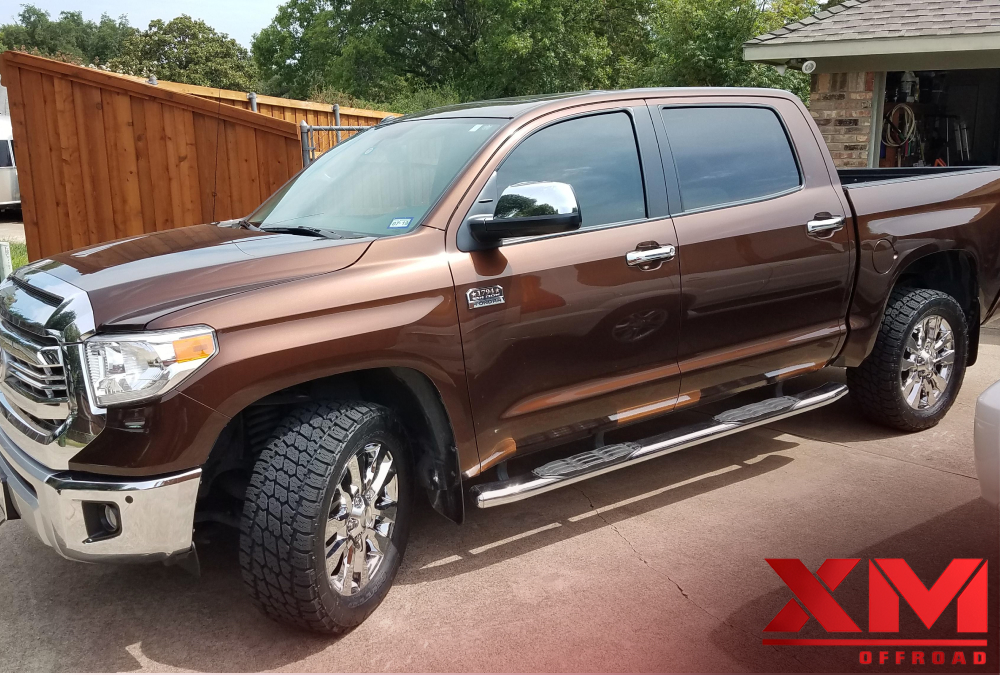
20-Inch Toyota Tundra Wheels – A Detailed Discussion
Fuel wheels are a great choice when you want to make your Toyota Tundra look bold and bad to the bone. These off-road wheels come with a sleek branded center cap and are built to handle the most challenging terrain.
These 20-inch wheels are cast aluminum and feature a rugged powder coat finish. They’re load rated to hold up to half-ton trucks and are available in five- and six-lug bolt patterns for the Toyota Tacoma/4Runner, Jeep Gladiator, and Ford Raptor.
-
Size
The size of your Toyota Tundra wheels is critical because it can impact how well your truck handles and drives. Smaller wheels have a more tremendous amount of rubber in contact with the road, increasing comfort and decreasing the chance of getting a flat tire. However, larger wheels can potentially increase rolling resistance and require more power to accelerate.

This Toyota Tundra runs 20×9 +20 offset Fuel Vapor wheels & Nitto Ridge Grappler 275/55R20 tires on a stock lift OEM suspension. This rim and tire combo fit perfectly, with No trimming needed & no rubbing or scrubbing.
-
Style
There are 5-Spokes rims, 6-Spokes rims, multi-spoke rims, and custom rims in all sorts of designs. You can even find 20 inch off road wheels made from aluminum to reduce weight and enhance performance.
Adding larger tires is one of the easiest ways to upgrade your Toyota Tundra’s appearance and ride comfort. In addition, if you drive off-road, airing down the tires will increase comfort and decrease the chance of getting a flat tire. You can get more help with XM Off-road wheels.
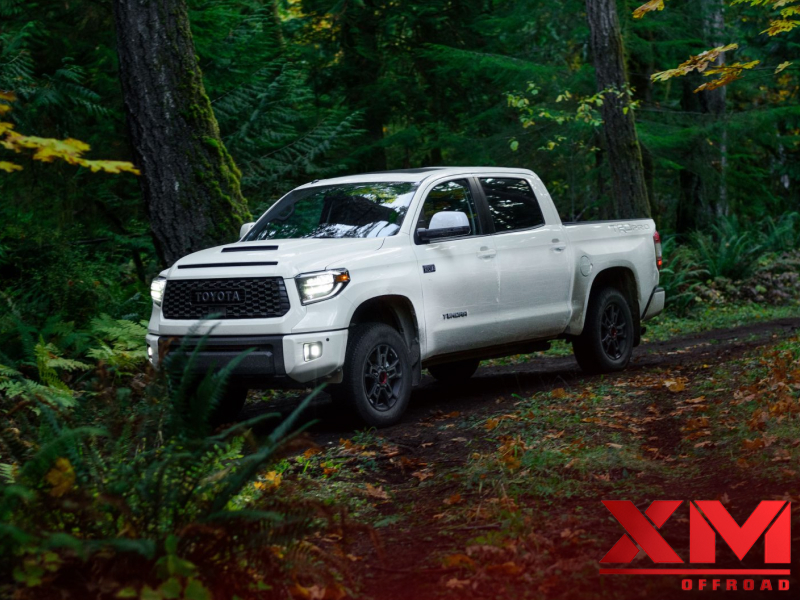
These combinations are based on real-world customer feedback and vehicle fitment data. The pictured setup features Fuel Vapor 20×9 +20 offset wheels wrapped with 275/55R20 Nitto Ridge Grappler tires on OEM stock lift suspension. This wheel and tire combo fits perfectly, requires no trimming or rubbing, and does not require spacers.
-
Material
If you want to give your Toyota Tundra a bold, sporty look, you can upgrade from your stock tires with 20 inch off road wheels. The wheels will increase your vehicle’s performance, handling, and braking while making it more comfortable to drive on rough roads.
Bigger alloys generally look more aggressive than their smaller counterparts, and many people find them more appealing. However, some people find that larger wheels and tires make their cars look too big. This is mainly because larger wheels must be fitted with low-profile tires to fit within the wheel arch.
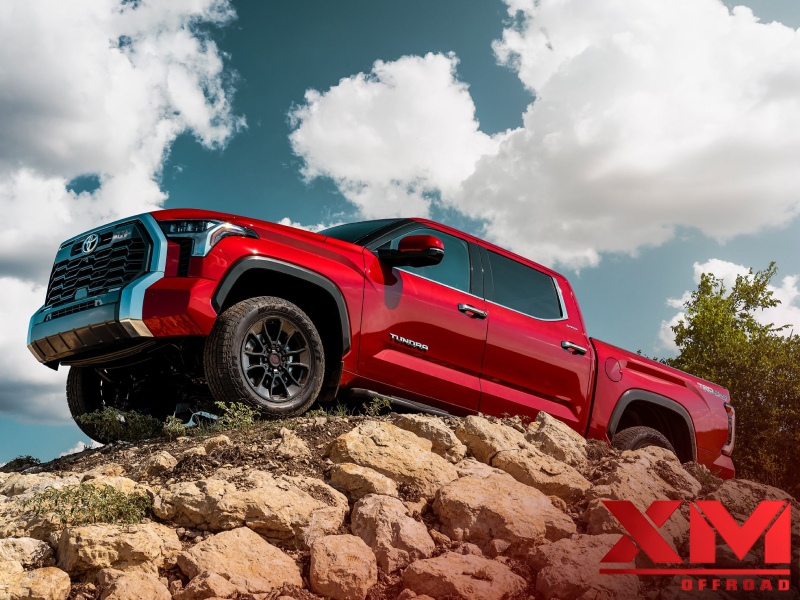
When changing to a different wheel size, it’s usually advisable to decrease the tire’s aspect ratio (sidewall height) to ensure the tires fit within the wheel arch. This helps to preserve the car’s ride quality and reduce road noise.
It’s also worth remembering that larger wheels require more maintenance than smaller ones. For example, you’ll have to rebalance your tires more frequently, inspect them for damage, and replace them if worn out. Additionally, the added unsprung weight of large wheels can cause your suspension components to wear out faster than on a lighter set of wheels.
-
Finish
Smaller wheels allow more rubber cushioning between you and the road. Smaller wheels also tend to be lighter and can decrease unsprung weight, which makes your truck more responsive and less prone to vibrations and bumpiness. The more unsprung weight you have in your suspension, the harder it is on your tires and axles. Smaller wheels also make maintaining proper tire air pressure easier, reducing your chance of getting a flat.
Larger-diameter wheels can add a lot of visual interest to your truck. They’re often designed to accentuate the size of your tires, and they can give your truck an aggressive look. However, you should keep in mind that larger-diameter wheels will require more frequent maintenance
The extra weight can affect your vehicle’s handling, and the larger diameter of the wheels may cause rubbing or scrubbing in the wheel well. It can also throw off the speedometer and odometer, which may need to be recalibrated by a professional.
Conclusion
A popular combination is to install 20 inch wheels and 275/55R20 Nitto Ridge Grappler tires. This setup has been tested by many Tundra owners and is considered a good fit for the stock suspension.
However, it’s important to note that the rims must be trimmed to fit correctly, and spacers may be needed to avoid rubbing and scrubbing. This configuration can be used with either a two- or four-wheel drive model. This is an excellent upgrade for those wanting to add style and comfort to their pickup. It can also be a good choice for off-road use, as the large tires provide excellent traction and handling in rough conditions. Choosing a high-quality, durable tire is recommended to get the most out of your investment.
Read Also: The Best 3 Turbocharged SUVs at Affordable Prices
FAQs
Q1) What are the benefits of upgrading to 20-inch wheels on my Toyota Tundra?
Upgrading to 20-inch wheels on your Toyota Tundra offers several benefits. Firstly, it enhances your truck’s overall appearance, giving it a more aggressive and stylish look. Secondly, 20-inch wheels often improve handling and stability, especially when cornering or towing heavy loads. Additionally, larger wheels allow for larger brake rotors, improving braking performance and reducing stopping distances.
Q2) Will installing 20-inch wheels affect the ride quality of my Toyota Tundra?
While installing 20-inch wheels may result in a slightly firmer ride compared to stock wheels, the impact on ride quality can be minimized by choosing high-quality wheels and matching them with appropriate tires. Selecting tires with a suitable aspect ratio and opting for advanced tire technologies, such as multi-ply sidewalls or advanced tread compounds, can help maintain a comfortable ride while enjoying the benefits of larger wheels.
Q3) Are there any fuel efficiency considerations when upgrading to 20-inch wheels?
It is important to note that larger wheels generally have a slightly negative impact on fuel efficiency. The increased weight and rolling resistance associated with 20-inch wheels may result in a slight decrease in MPG (miles per gallon) compared to stock wheels. However, the impact on fuel efficiency is typically marginal, and many Tundra owners find the benefits of larger wheels outweigh this slight trade-off.
Q4) Can I use my existing tires with 20-inch wheels on my Toyota Tundra?
In most cases, if your existing tires are designed for the stock wheel size, they may not be suitable for 20-inch wheels. The diameter and width of the tires need to match the specifications of the new wheels to ensure proper fitment and performance. It is recommended to consult with a reputable tire dealer or automotive professional to determine the appropriate tire size for your specific 20-inch wheels and Toyota Tundra model.
Q5) Do I need to modify my Toyota Tundra to accommodate 20-inch wheels?
Generally, installing 20-inch wheels on a Toyota Tundra does not require any significant modifications to the vehicle. However, there are a few factors to consider. Firstly, you may need to ensure adequate clearance between the larger wheels and suspension components to avoid rubbing or interference issues. Secondly, verifying that the new wheels have the correct bolt pattern, offset, and hub diameter is essential to fit your Tundra model properly.
Q6) Are there any maintenance or care tips specific to 20-inch wheels on a Toyota Tundra?
Proper maintenance and care are crucial to prolonging the life and appearance of your 20-inch wheels. Regularly clean the wheels using a mild soap and water solution, avoiding harsh chemicals that could damage the finish. Applying a protective wax or sealant can also help guard against corrosion and keep your wheels looking their best. Lastly, it’s essential to periodically check tire pressure and ensure proper alignment to optimize performance and extend tire life.


